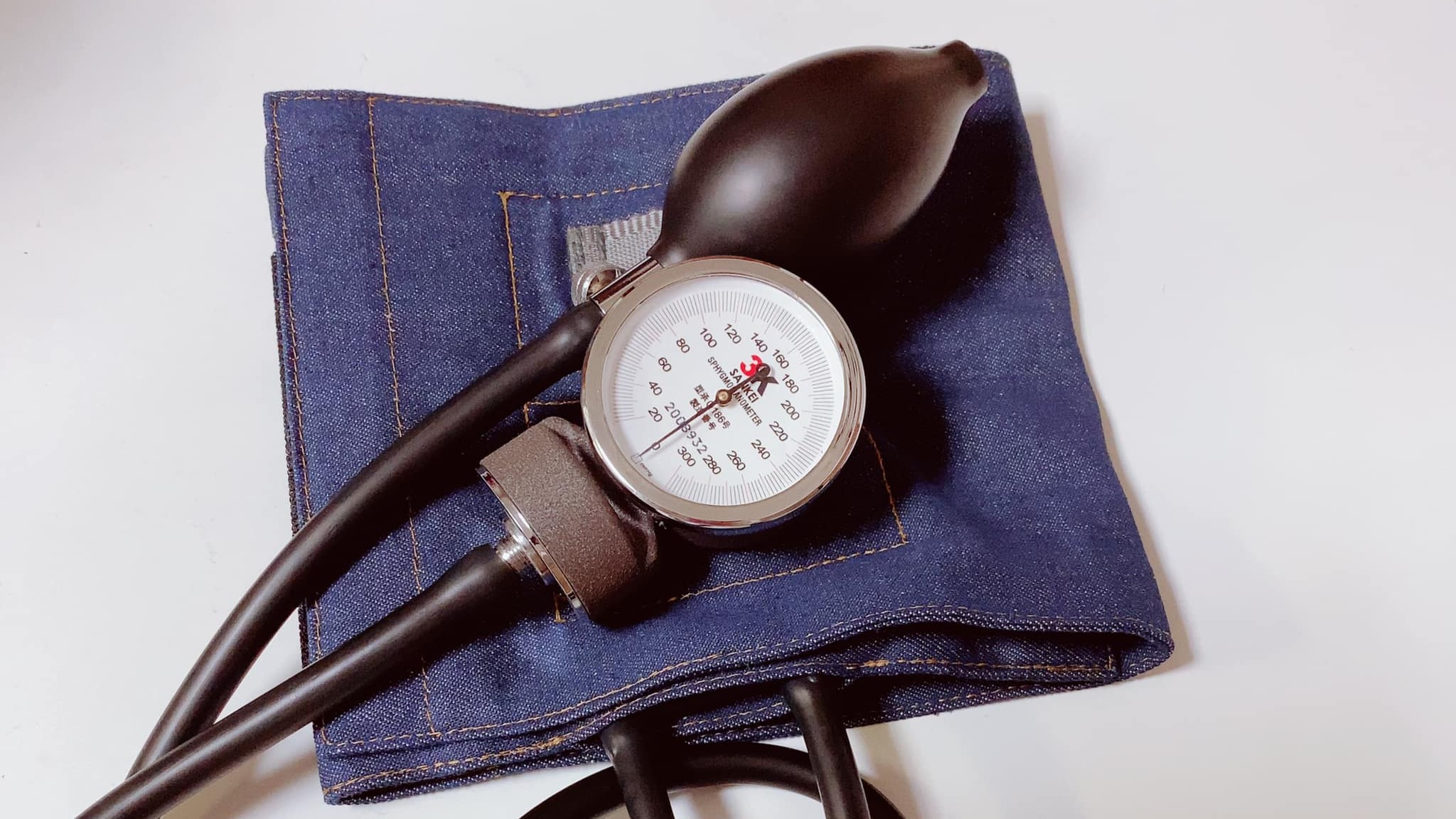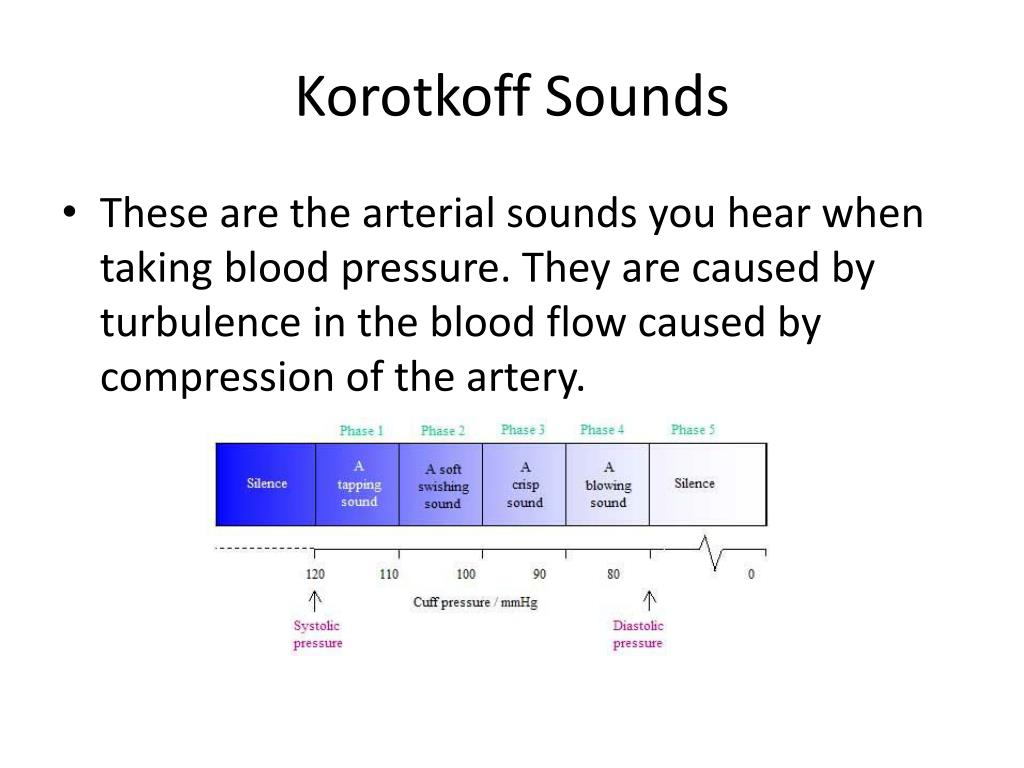
Due to the possibility of inaccurate electronic readings, it is important to manually check a patient's blood pressure if the electronic machine reading is suspicious or to confirm the finding. However, in most cases, the abnormal blood pressures are clinically most important to medical providers. These same analyses have shown that they are accurate and reliable at reading blood pressures in the normal ranges. However, while these machines remove the risk of human error in blood pressure measurement, extensive data analyses have demonstrated that they risk overestimating hypotensive blood pressure and underestimating hypertensive blood pressure. Electronic blood pressure machines are seen in almost every clinic, hospital, and pharmacy. With the continuous advancement of medical technology, electronic machines have assumed a more significant role in the clinical care of patients. At present, these differences between adults and children remain unexplained.

The length of phases II and III increase with age with a concomitant decrease in phases I and IV.

There are apparent differences in the Korotkoff phases between adults and children. It is recommended to use the fifth Korotkoff sound, as in adults however, if this sound is undetectable, one should use the fourth sound to indicate the diastolic blood pressure. In the pediatric population, there is some controversy as to whether the fourth or fifth Korotkoff sound should be used as an indicator of diastolic blood pressure. The cuff should then be deflated at a rate of 2 to 3 mmHg/second during auscultation. To prevent this auscultatory error, it is important to palpate the radial artery while the cuff pressure is increased to approximately 30 mmHg above the disappearance of the pulse. In auscultation alone, this gap may not be detected and can lead to inaccurate blood pressure readings, such as underestimated systolic blood pressure and overestimated diastolic blood pressure. The phenomenon termed 'auscultatory gap' occurs in select patients, in which all sounds may disappear between phase II and phase III.

The second and third Korotkoff sounds have no known clinical significance. Phase V: the complete disappearance of all sounds - this is the diastolic blood pressure As of today, the cause of these errors is not fully known however, it has been suggested that arterial stiffness may largely contribute to the recorded errors, meaning that the underestimation of systolic blood pressure will be more significant in patients with stiff arteries (as in atherosclerosis) than in patients with more compliant arteries. Īnother issue of concern is the accuracy of Kortkoff sounds. Numerous studies have concluded that non-invasive blood pressure measurements tend to underestimate the true systolic blood pressure and overestimate the diastolic blood pressure. Ī study performed at Chengdu University in China concluded that differences in stethoscope positioning resulted in Korotkoff sounds being heard earlier or later, resulting in a blood pressure reading higher or lower than the actual blood pressure. This same study, via multiple comparisons and trials, concluded the proper placement of the sphygmomanometer, which yielded the most accurate blood pressure readings, to be just above the elbow, with the stethoscope placed directly under the cuff. This simple procedure's variability is extensive and depends on multiple factors, including appropriate cuff pressure, stethoscope positioning, and sound cutoff.
#Korotkoff sounds manual
The main disadvantage of manual blood pressure measurement utilizing Korotkoff sounds is human error, which may include an improperly placed sphygmomanometer, stethoscope, or missed Korotkoff sounds due to background noise or inattention.


 0 kommentar(er)
0 kommentar(er)
